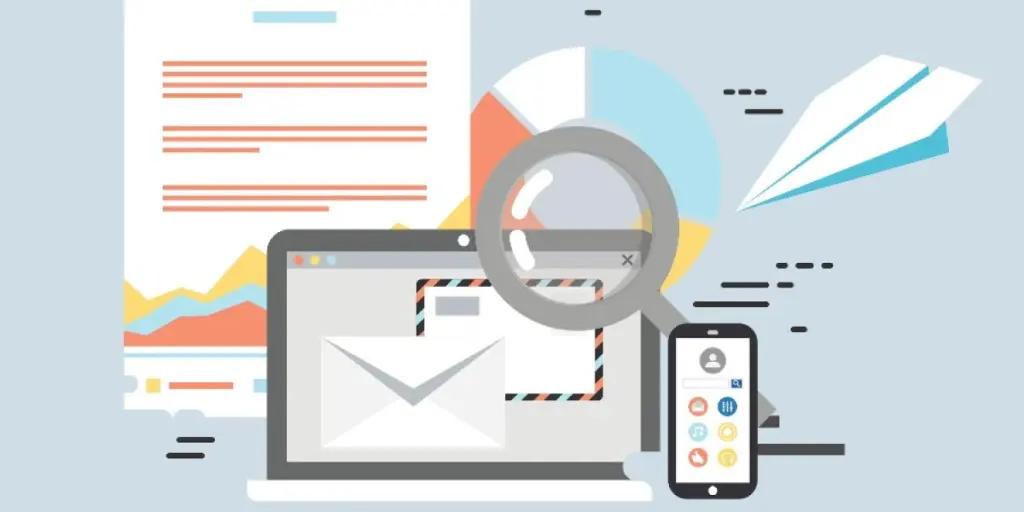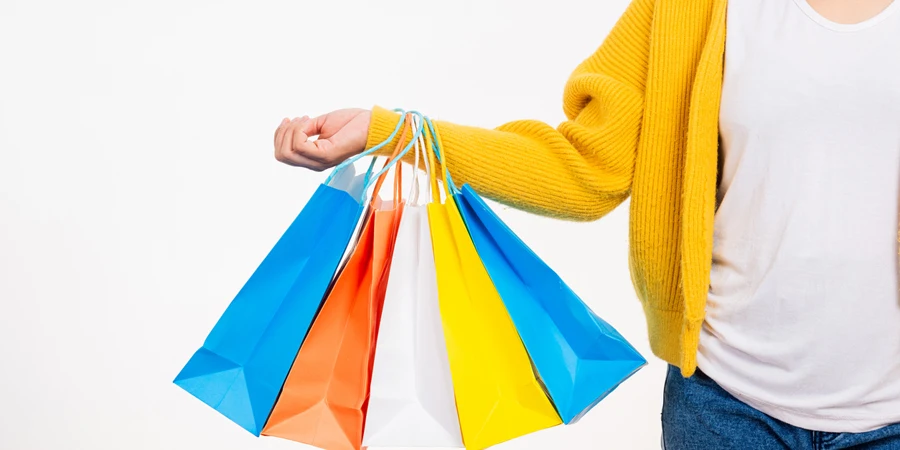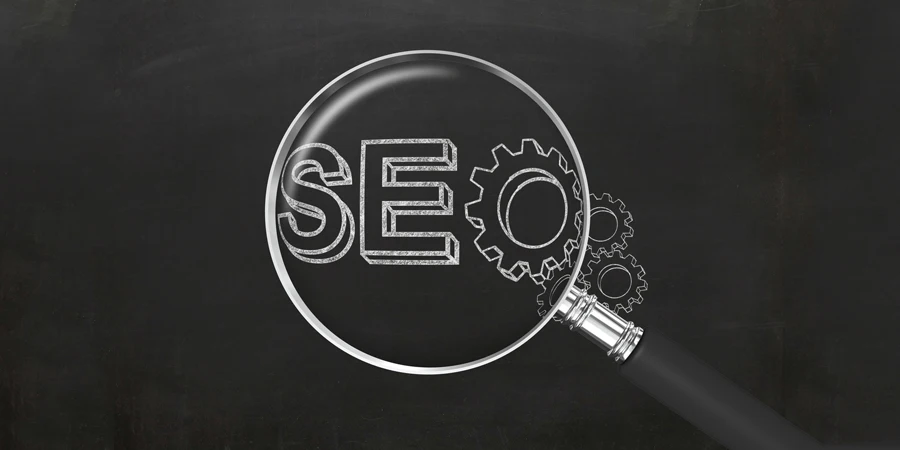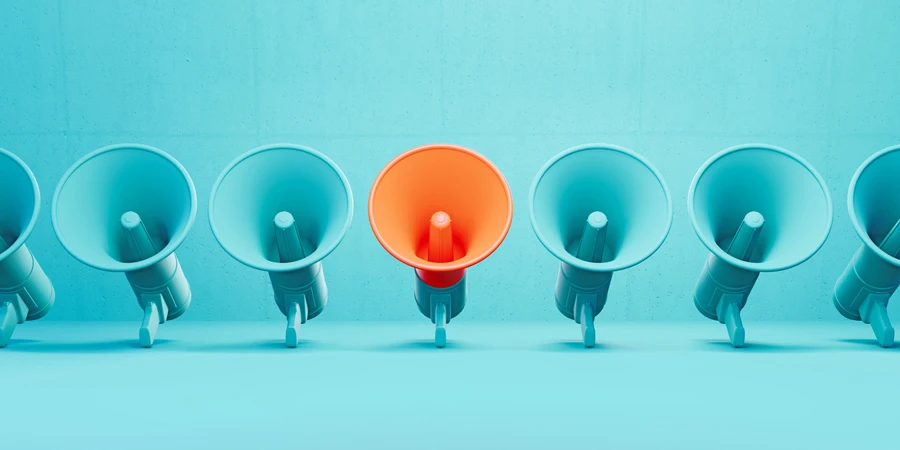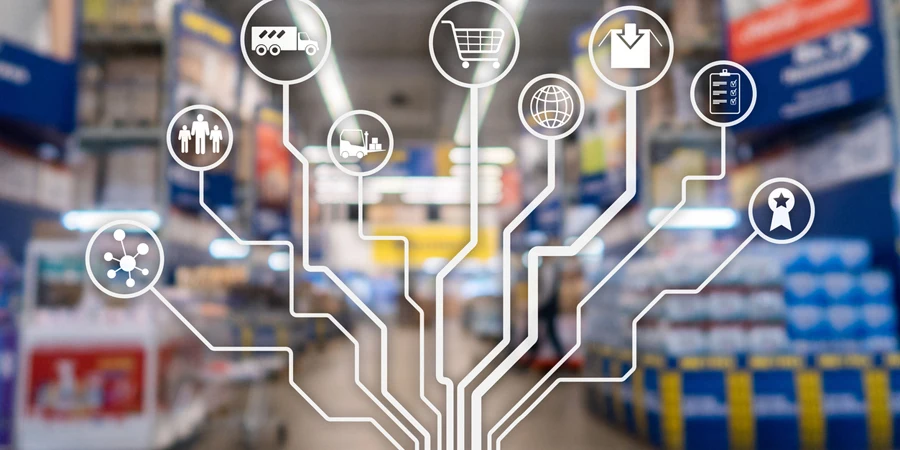Customer lifecycle marketing is a strategic approach to marketing that focuses on creating personalized and targeted messaging and experiences for customers at every stage of their association with a brand.
It is typically less expensive to retain a customer than to acquire a new one. Customer lifecycle marketing focuses on building strong customer relationships, increasing customer loyalty, and reducing churn.
By focusing on the entire customer journey, businesses can identify pain points and areas for improvement in the customer experience and work to address them.
Customer lifecycle marketing ensures that you get the best chance of conversion every time a customer interacts with your brand.
In this post:
- Customer lifecycle marketing definition
- Benefits of customer lifecycle marketing
- Customer lifecycle marketing stages
- Examples of customer lifecycle marketing
- How to build a customer lifecycle marketing strategy
What is customer lifecycle marketing?
Customer lifecycle marketing refers to the strategies businesses adopt to attract, convert and retain customers. It focuses on creating targeted marketing campaigns and initiatives tailored to the different stages of a customer’s relationship with a business.
Effective customer lifecycle marketing involves understanding the unique challenges and opportunities that arise at each stage and developing tailored marketing strategies that align with the customer’s needs and objectives.
By leveraging data-driven insights and customer segmentation, businesses can optimize their marketing efforts, improve customer engagement and loyalty, and ultimately drive long-term growth and profitability.
There are 5 stages involved in customer lifecycle marketing—Reach, Acquisition, Conversion, Retention, and Loyalty.
Benefits of customer lifecycle marketing
Customer lifecycle marketing helps companies build long-term relationships with their customers, increasing loyalty, retention, and revenue.
When you understand the various stages a customer goes through, you can develop tailored marketing strategies that cater to their needs at each stage.
Here are some of the benefits of customer lifecycle marketing:
- Aligned marketing and customer experience: It helps align marketing and customer experience, creating a cohesive brand experience for customers that is consistent across all touchpoints.
- Better brand visibility: By creating a consistent experience for customers throughout their lifecycle, businesses can reinforce their brand message and values, which can help improve brand visibility.
- Greater value at every customer journey stage: By tailoring messaging and experiences at each stage, you can provide greater value to your customers at every stage of their customer journey.
- Increased customer retention and loyalty: It focuses on building strong relationships with customers throughout their lifecycle, increasing both loyalty and customer retention.
- Higher customer lifetime value (CLV): Customer lifecycle marketing increases customer retention, encourages repeat business, and promotes upselling and cross-selling opportunities, providing higher CLV.
Customer lifecycle marketing stages
The customer lifecycle may be long or short depending on the industry and the products/services offered by a business. Grocery chains like Walmart, for example, tend to have a shorter cycle while companies like Mercedes have longer ones.
Regardless of the length, the customer lifecycle can be divided into various stages.
According to marketing analysts Jim Sterne and Matt Cutler, the customer lifecycle can be divided into 5 stages.
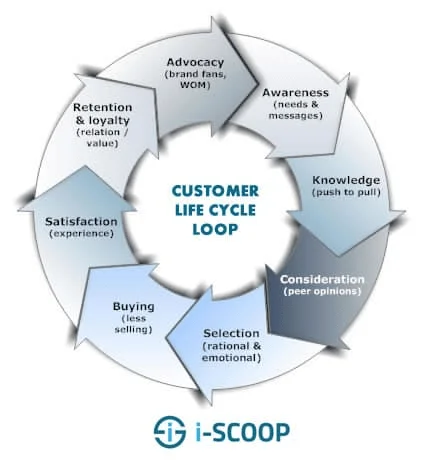
Let’s understand each of the 5 stages of the customer lifecycle briefly:
- Reach: This is the initial stage where businesses aim to attract potential customers and increase awareness of their products or services.
- Acquisition: The customer gets in touch with you at this stage and you offer them products or services that suit their needs and also explain the benefits of your products or services.
- Conversion: At this stage, the customer makes a purchase, after gaining all the necessary information from the previous stage.
- Retention: It involves the ongoing efforts made by a business to retain its existing customers and keep them engaged and satisfied with your products or services.
- Loyalty: This is the stage where a customer becomes a repeat buyer and brand advocate due to their positive experience and satisfaction with a brand.
Understanding the different stages of the customer lifecycle can help businesses create tailored strategies and tactics to attract, engage, retain, and build loyalty with customers.
As Jim Sterne says, it is important to focus your company’s efforts on the goals of these stages.
“Company functions should be assigned based on these stages rather than on specific technologies.”
Jim Sterne
Marketing analyst
Customer lifecycle marketing examples
Generating sales and getting repeat business requires businesses to provide consistent value across various stages of the customer lifecycle. Some businesses do it better than others.
Here are some examples of customer lifecycle marketing for different stages of the customer’s journey.
1. Island Olive Oil: blog content
Customer lifecycle stage: Reach

Here is a blog article about a salad recipe created by Island Olive Oil. Being a gourmet store, they produce a variety of content, such as recipes, promotions, and more for their target audience. This helps them drive traffic to their website.
In the “Reach” stage, the customers are looking for products or services to address an issue or solve a problem they’re facing. An informative, SEO-optimized blog with high-quality content can be a powerful tool to attract the right audience.
2. TOMS: website newsletter signup popup
Customer lifecycle stage: Acquisition
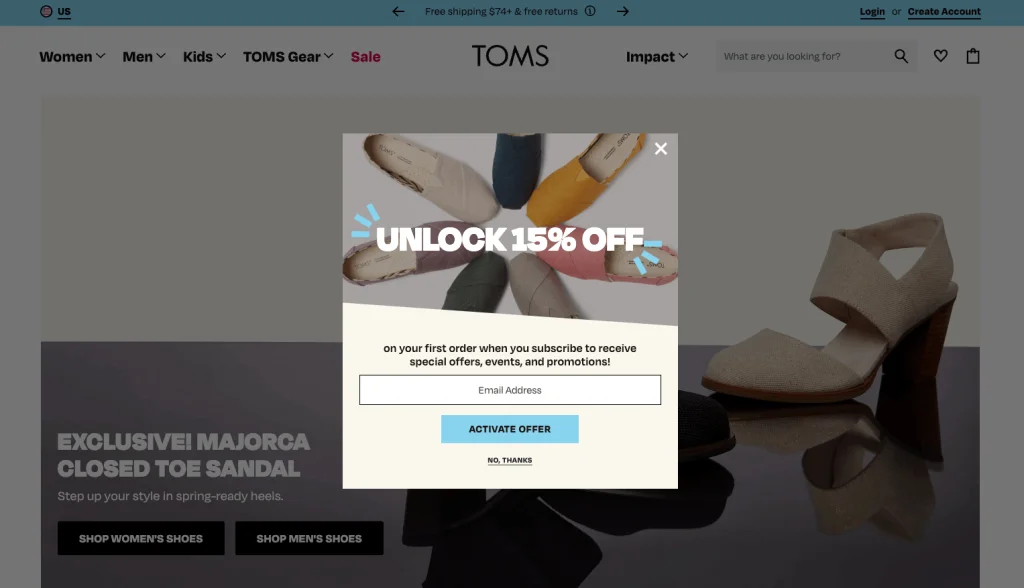
TOMS, the shoes and accessories brand, schedules pop-ups on its website to capture the attention of its site visitors. Besides promoting sales or special offers, as shown in the image above, there are many other ways to use pop-ups to drive conversions.
At the “Acquisition” stage, customers are aware of your brand. Now is the time to pique their interest in your products or services. You can use pop-ups to highlight discounts and offers, showcase customer reviews, or offer free trials or samples.
3. Island Olive Oil: a welcome email
Customer lifecycle stage: Conversion

The image above is a welcome email sent by Island Olive Oil to its new subscribers. The catchy email subject line, crisp content, and colorful layout make it one of the best welcome emails we have seen.
Welcome emails are best used during the “Conversion” stage when a customer has already made a purchase. It gives you the opportunity to make a positive impression, introduce your brand, highlight your USP, and set the tone for future interactions.
4. Inglot Canada: a sale promotion email
Customer lifecycle stage: Retention

Another example of customer lifestyle marketing is this sales promotional email by Inglot Canada, the popular beauty brand. In this promotional email, Inglot offers a 25% discount, which can be a big incentive for customers to make another purchase.
An email marketing best practice is to use promotional emails during the “Retention” stage. Including promotional emails in your email marketing campaigns can be an effective way to encourage customers to continue engaging with your brand and make repeat purchases.
5. Sephora: a win-back email
Customer lifecycle stage: Loyalty
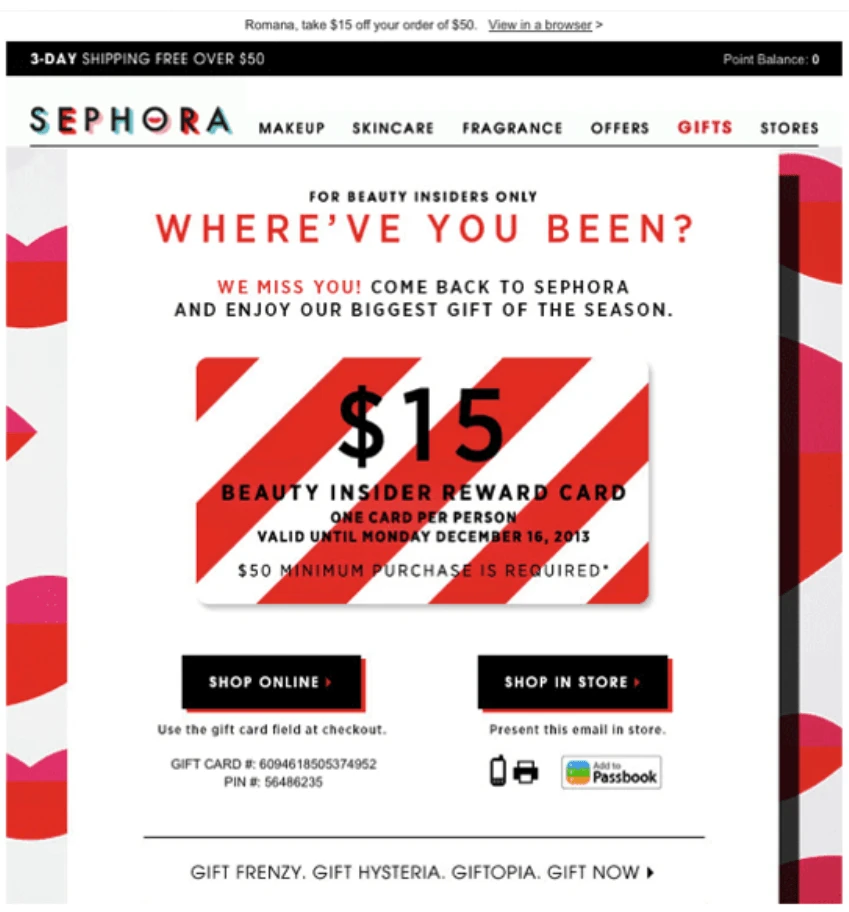
Sephora, the global beauty brand, sends out these win-back emails to customers who have previously made a purchase but have not interacted with the brand in a while. As part of its customer reactivation marketing campaign, it encourages people to avail of the discount.
The goal at the “Loyalty” stage is to maintain customer loyalty and deepen the relationship with a customer. Post-purchase emails can remind customers of the value your brand provides and encourage them to make another purchase.
6. Hairtamin: a promotional push notification
Customer lifecycle stage: Conversion and Retention
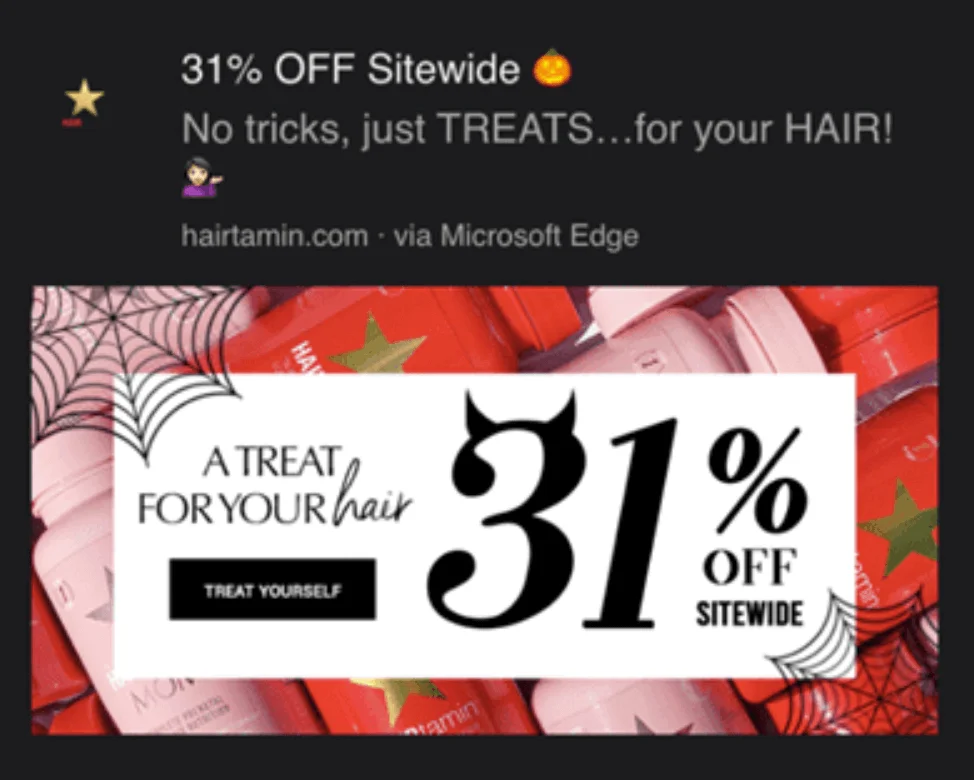
Promotional push notifications, like the one sent by Hairtamin, can be used at different stages of customer lifecycle marketing. The push notification above offers a sitewide discount to encourage new customers to buy and existing ones to make repeat purchases.
Web push notifications during the “Conversion” stage can be used to encourage customers to explore more products and make their first purchase. Different push notifications can be used in the “Retention” stage to encourage repeat purchases.
7. Amundsen Sports: a product restock email
Customer lifecycle stage: Retention and Loyalty

Amundsen Sports sends product restocking announcement emails to those who bought similar products. If you note, the email above has been personalized, which further encourages existing customers to make repeat purchases.
Product returns or back-in-stock marketing emails are best sent during the “Retention” stage to keep your customers engaged. They are also effective during the “Loyalty” stage of customer lifecycle marketing, helping you build strong customer relationships.
Customer lifecycle marketing strategy
Having an effective customer lifecycle marketing strategy can help you improve customer retention, increase customer lifetime value, and enhance customer experience.
Here we will discuss effective strategies for each stage of the customer lifecycle.
1. Reach
The primary goals of the Reach stage are to build brand awareness, reach new potential customers, and increase traffic to your website. So, the strategy that you should develop for this stage should be aimed at meeting these goals.
Customers in the Reach stage of customer lifecycle marketing are looking for information about a product or service. However, they are not aware that your business can help them meet their objectives. Therefore, the marketing communication you design should highlight that your brand can help meet their needs.
Here are some customer lifecycle marketing strategies to consider:
- Creating buyer personas
- Placing banner ads on websites
- Influencer marketing
- Content marketing
- Optimizing your website for SEO
Metrics to track:
- Website traffic
- Bounce rate
- Newsletter subscription rate
2. Acquisition
The goal of the Acquisition stage of customer lifecycle marketing is to share information about your offerings and persuading people to make their first purchase. It also involves creating a positive first impression to attract potential customers to the brand.
Your customers at this stage are researching and evaluating different options to make an informed decision. They may be comparing prices, features, and benefits to see which product or service best fits their needs.
Strategies to consider for the Acquisition stage of customer lifecycle marketing are:
- Creating product demos
- Writing informative blog posts
- Creating how-to guides, ebooks, and whitepapers
- Providing social proof through case studies
- Designing easy-to-navigate landing pages
Metrics to track:
- Website engagement
- Lead conversion rate
- Lead quality
3. Conversion
The Conversion stage of customer lifecycle marketing is where a potential customer decides whether or not to make a purchase. The primary goal is to encourage the customer to take that final step and become a paying customer.
At the Conversion stage, customers have, typically, already shortlisted brands they like. However, they may be looking for a discount or a good deal, ensuring that they get value for their money. Your customer lifecycle marketing strategy at this stage should be such that it helps them decide in your favor.
You may consider the following strategies at the Conversion stage of customer lifecycle marketing:
- Highlight unique features and benefits of your product
- Quickly respond to queries and complaints.
- Offer discounts, promotions, or loyalty programs
- Offer a free trial
- Share customer testimonials
Metrics to track:
- Sales conversion rate
- Website traffic
- Net promoter score
4. Retention
The Retention stage of customer lifecycle marketing is about building strong relationships with customers and ensuring they remain loyal to your brand over the long term. Your strategy at this stage should be to increase revenue, reduce customer churn, and create a sustainable business model.
Customers at this stage want to feel satisfied with their experience with the brand, and they expect consistent quality, reliability, and value from the products or services they purchase. They may also expect excellent customer service, personalized attention, and proactive communication from the brand.
Here are some strategies to consider for custom retention:
- Providing multiple support options
- Streamlining the onboarding process
- Proactive communication
- Providing personalized product recommendations
- Offering a discount code for future purchases
Metrics to track:
- Customer retention rate
- Churn rate
- CSAT
5. Loyalty
At the loyalty stage of customer lifecycle marketing, your goal is to retain customers, enhance customer satisfaction, and build a strong, long-term relationship with your customers.
Typically, customers at this stage have already made repeat purchases and hold a positive opinion of your brand. Your strategy at this stage should be to ensure you provide high-quality products or services and to make your customers feel appreciated and valued.
Here are some strategies to consider at this stage:
- Offering exclusive rewards not available to other customers.
- Setting up a referral program
- Streamlining the shopping process
- Requesting feedback from loyal customers
- Offering free products or discounts for sharing testimonials.
Metrics to track:
- Customer retention rate
- Net Promoter Score
- Customer Lifetime Value
Customer lifecycle marketing: summary
Customer lifecycle marketing is a strategy that involves targeting customers at various stages of their buying journey, from acquiring new customers to retaining them as loyal customers.
The benefits of this approach include improved customer engagement, increased customer satisfaction, and higher revenue.
Get started with customer lifecycle marketing for building long-term relationships with customers, and enhancing brand loyalty and customer lifetime value.
Source from Omnisend
Disclaimer: The information set forth above is provided by Omnisend independently of Alibaba.com. Alibaba.com makes no representation and warranties as to the quality and reliability of the seller and products.
